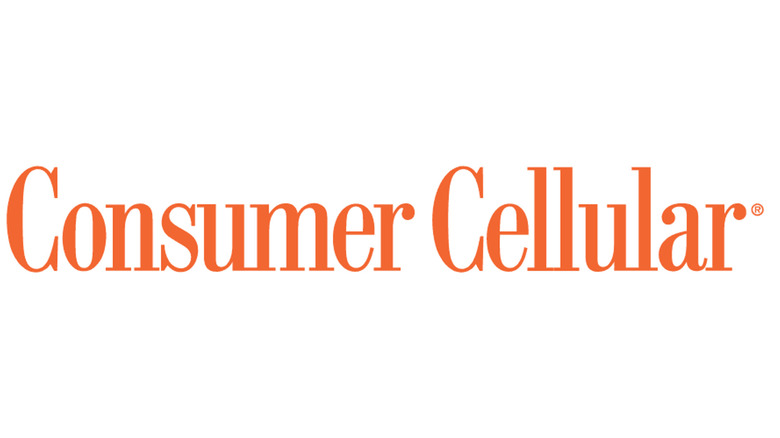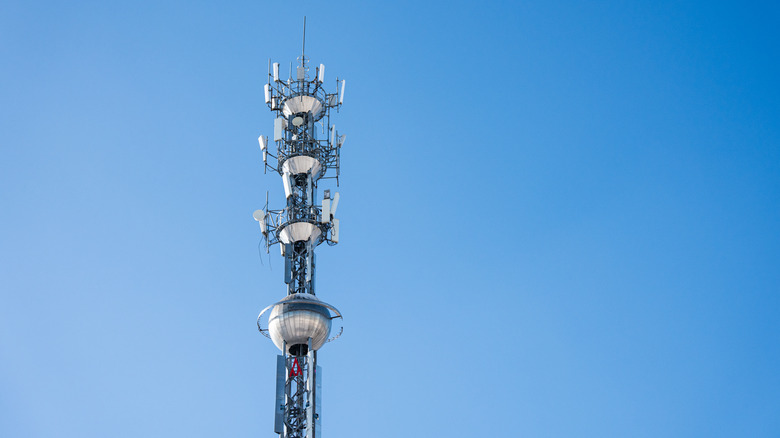Who Owns Consumer Cellular And What Network Does It Use?
Consumer Cellular is not like other phone companies. The mobile virtual network operator (MVNO) established its reputation by keeping things straightforward. John Marick and Greg Pryor founded the business in 1995 with the single goal of providing consumers with reasonably priced cell service without the burden of lengthy contracts. Older clients who were looking for something dependable and simple to comprehend were really attracted to that pitch.
In the present day, Consumer Cellular has become a much more significant entity. Millions of people use its plans, and it has a few thousand employees and over 20 stores across the United States. Additionally, the business has a long-standing relationship with AARP, which makes it particularly attractive to people over 50. And since its coverage relies on networks like AT&T and T-Mobile, customers are ensured solid coverage all across the U.S., given how impressive T-Mobile's coverage map is compared to other providers. Now owned by Chicago-based private equity firm GTCR, the brand has kept its identity while growing well under new leadership.
Who owns Consumer Cellular now?
Consumer Cellular operated independently for many years until a private equity firm bought the company in 2020. The company, GTCR, is a big investment firm from Chicago, and it purchased Consumer Cellular for around $2.3 billion. Private equity firms like GTCR purchase companies and provide funding for expansion to increase their profitability. The firm doesn't just operate in cellular either; they have billions of dollars invested in a variety of sectors, including healthcare and technology. GTCR clearly saw the potential for further growth in Consumer Cellular and decided to acquire the business.
The intriguing thing is that GTCR didn't change everything completely. Customers still perceive Consumer Cellular in the same way. Instead of using complex packages that trap you in your contract for longer than you want to be or in-your-face sales techniques, the company continues to target older adults who want simple, quality service at an affordable cost. Well-known and witty campaigns like "Shot on Flip Phone" were able to capitalize on the old-school appeal of basic phones and capture a wide range of market demographics, which speaks to the company's identity. While Consumer Cellular may not have the best cell service for coverage in your area, it continues to do what it does best: simplicity and affordability.
Which networks does Consumer Cellular use?
What really makes Consumer Cellular stand out is that it doesn't own any of its own towers. Rather, it uses AT&T and T-Mobile networks. This means that Consumer Cellular customers are essentially receiving coverage from two of the largest U.S. carriers, which collectively cover almost the entire country. Whether you are connected to 4G LTE or 5G simply depends on what is available where you live.
However, there's a tiny catch. Customers of Consumer Cellular do not always have priority access to data speeds when networks become congested because it is a mobile virtual network operator (MVNO). Thus, your data speed may sometimes be slower than that of AT&T or T-Mobile customers, as they will have priority. This is similar to how Mint Mobile's network operates and other MVNOs around the U.S. However, most people aren't fazed by the tradeoff, given that plans for unlimited talk and text start at around $20 per month.
A nice bonus is that calls to Canada and Mexico are included, and the service coverage is excellent across the United States. All things considered, Consumer Cellular provides a simple and reasonably priced means of staying in touch, particularly for those who just want their phone plan as basic as possible without the need for unnecessary extras.


